Category: Year 1
Bee Good To The Earth
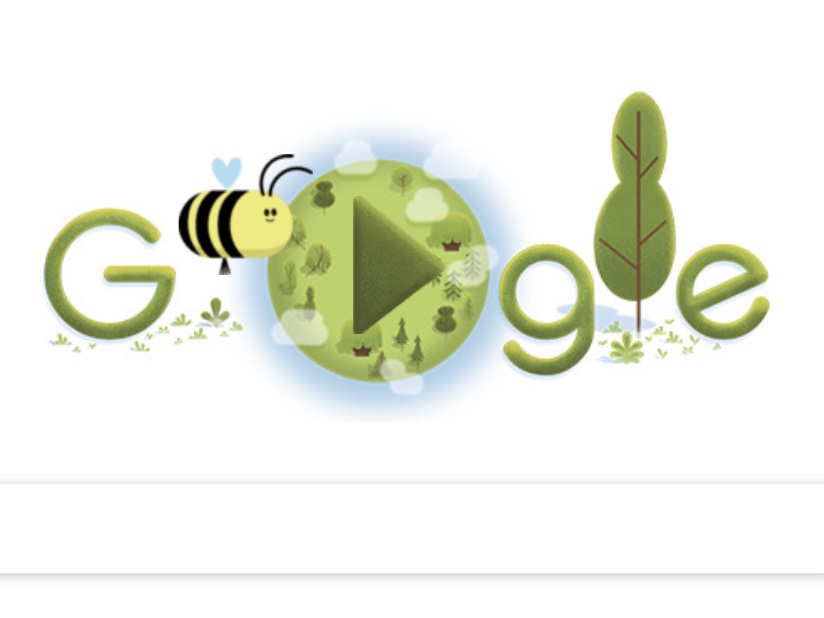
Today is Earth Day which has been celebrated every April 22nd since 1970. The aim of Earth Day is to raise awareness of the damage done to the environment.
You might like to try Google’s doodle for the day – a relaxing game where you control a bee visiting flowers and which will teach you lots of things about how important bees are: google.co.uk
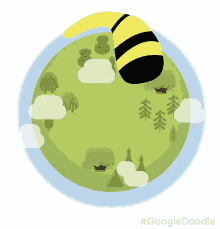
Can I Identify Different Birds?
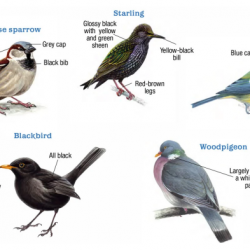
Why not find out about some of the wildlife around where you live by learning the names of the birds that you can see from your own home? There is more information on what to do in the video below or read the text at the bottom…
If the video does not play in your browser, click here.
Objective: To be able to recognise and name at least six different British birds.
Quick bird spotting guides: Sheet 1 Sheet 2
How: Spend half an hour a day for a week quietly recording the birds you can see from a window. Putting out some food can help if you have any but avoid bread at this time of year as it is not good for chicks.
Can you find out which is the most common bird to visit your garden?
Challenge: Can you think of an investigation to carry out as you bird watch? Perhaps you think different birds will come at different times of the day – how could you find out? Or maybe you could investigate the birds’ favourite food? (Try sorting out some mixed bird seed).
Coronavirus – A Book for Children
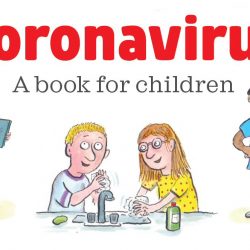
Axel Scheffler has illustrated a digital book for primary school age children, free for anyone to read on screen or print out, about the coronavirus and the measures taken to control it. Published by Nosy Crow, and written by staff within the company, the book has had expert input: Professor Graham Medley of the London School of Hygiene & Tropical Medicine acted as a consultant, and the company also had advice from two head teachers and a child psychologist.
The book answers key questions in simple language appropriate for 5 to 9 year olds:
• What is the coronavirus?
• How do you catch the coronavirus?
• What happens if you catch the coronavirus?
• Why are people worried about catching the coronavirus?
• Is there a cure for the coronavirus?
• Why are some places we normally go to closed?
• What can I do to help?
• What’s going to happen next?
We want to make sure that this book is accessible to every child and family and so the book is offered totally free of charge to anyone who wants to read it. However, we have suggested, at the back of the book, that families might make a donation to help our health service if they find the book useful: https://www.nhscharitiestogether.co.uk/.
Kate Wilson, Managing Director of Nosy Crow, said:
“We were very aware that many parents and carers are struggling to explain the current extraordinary situation to children, many of whom are frightened and confused. We thought that the best thing we could do would be to use our skills to produce a free book to explain and, where possible, reassure children. We asked Axel, whose work is so familiar and so loved, to illustrate it. He was happy to do it, and did it extraordinarily quickly. Meanwhile, having heard Professor Medley interviewed by the BBC, we looked him up and wrote to him, and despite his huge workload, he reviewed the book over a weekend, and we were able to incorporate his suggestions, together with those of two head teachers and a child psychologist, into the final version of the book. We hope it helps answer difficult questions in difficult times.”
Axel Scheffler, illustrator of The Gruffalo, said:
“I asked myself what I could do as an children’s illustrator to inform, as well as entertain, my readers here and abroad. So I was glad when my publisher, Nosy Crow, asked me to illustrate this question-and-answer book about the coronavirus. I think it is extremely important for children and families to have access to good and reliable information in this unprecedented crisis, and I hope that the popularity of the books I’ve done with Julia Donaldson will ensure that this digital book will reach many children who are now slightly older, but might still remember our picture books.”
Professor Graham Medley, Professor of Infectious Disease Modelling at the London School of Hygiene & Tropical Medicine, said:
“This pandemic is changing children’s lives across the globe and will have a lasting impact on us all. Helping children understand what is going on is an important step in helping them cope and making them part of the story – this is something that we are all going through, not something being done to them. This book puts children IN the picture rather just watching it happen, and in a way that makes the scary parts easier to cope with.”
You can download a copy of the book here (or, if you have trouble with that link, here) – or watch Mrs Williams read it below:
The Great Easter Bake Off

Mrs Bowen’s Books
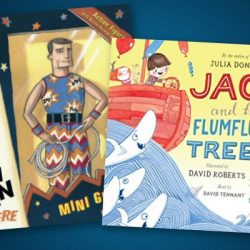
Join Mrs Bowen for two fantastic stories, Traction Man is Here by Mini Grey and Jack and the Flumflum Tree by Julia Donaldson. These can also be found under the Year 2 Skils Practice link.
Pavement Art to Try
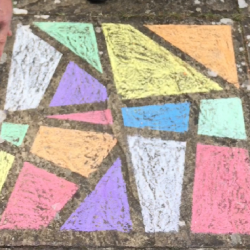
Mrs Bowen brings you a simple art project to try at home. If the picture doesn’t show in the video, download the file here.
How many ways can we share 12 into equal groups?
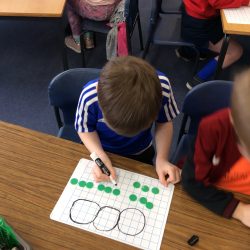
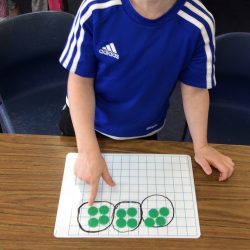
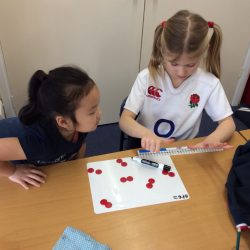
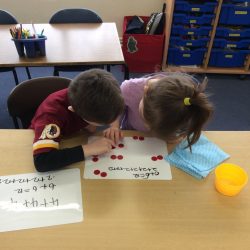
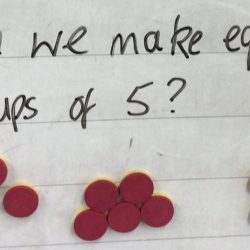
Mr Muddles our maths monkey set the children a mathematical challenge to help him share his banana’s fairly. How many different ways could the children find to share 12 into equal groups?
They discovered that 12 could be shared into equal groups of 2, 3, 4 and 6.
Mr Muddle’s favourite number is 5. Can we make equal groups of 5?
Sports Relief Challenges
Year 1, along with the rest of LHPSN, helped to support Sport Relief by wearing sporty clothes and carrying out 1 minute challenges including balloon keepy uppy. By raising money through our fun activities and dressing up will help support others who are living incredible tough lives in the UK and around the World. Congratulations to those children, who represented their classes, in the whole school assembly.
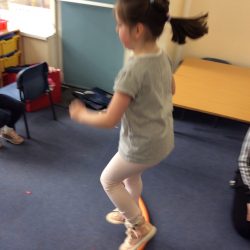
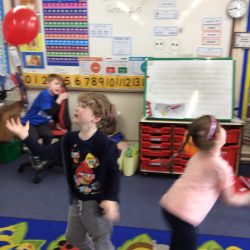
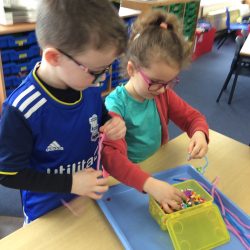
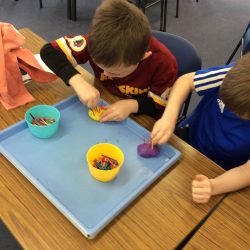
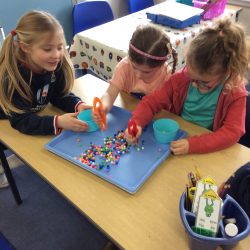
Live Science Lesson – 31 March
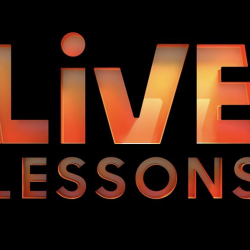
Hi everyone
Next week I’m going to attempt a live science lesson for KS1 and Year 3/4 – other years may follow in later weeks if successful. I’m going to keep this lesson fairly simple as it will be a test of the technology as much as anything. I ask that a parent/carer remains around to deal with any technology issues from your end and also to offer hands on support to your child. More information about setting up the software is below. I’ve no idea how many will turn up for the lesson but there is a limit of 100 and roughly 120 children in each of KS1 and LKS2 so apologies if you end up being number 101 – if you have siblings in both those groups both sessions will be the same so take a pick as to which they want to join in with.
– Dr Fishwick
LO: How does sound travel?
LO: Set up and carry out a simple investigation.Time/location:
Y1/2, Tuesday 31/3/20, 1pm, https://zoom.us/j/8168811198 access code 816 881 1198
Y3/4, Tuesday 31/3/20, 2pm, https://zoom.us/j/8168811198 access code 816 881 1198
You will need:
– Some coat hangers made from different materials (eg plastic, metal or wood) or smallish kitchen objects (eg sieve, mug) that you can tie string to
– String (you won’t need more than 1m, try a shoelace if stuck)
– A metal spoon

I’d advise setting up Zoom in advance. If you go to the lesson link above it will provide instructions on how to install the app (Apple and Android supported) or PC software. I’ve only used it on an iPad. Once installed and you’ve entered the access code it will probably say I’m not there or words to that effect. You can choose a display name each time you start (tends to default to your device name) – please use child’s first names only. During installation give permission to access your mic, camera, etc, if asked.
The image above shows the basic controls as they are appear on an iPad, they are arranged slightly different across platforms. Tapping on the screen brings the controls up.
Your camera does not need to be on (so don’t worry about tidying the house!) in fact the software will run much smoother if only my camera is on – use the Stop Video button to turn yours off.
Mrs Williams reads ‘Dave the Dog is Worried About Coronavirus’
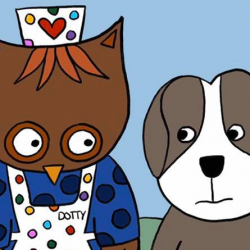
Mrs Williams reads ‘Dave the Dog is Worried About Coronavirus‘, a book to help children to understand the current situation a little better and to hopefully ease some anxieties.

